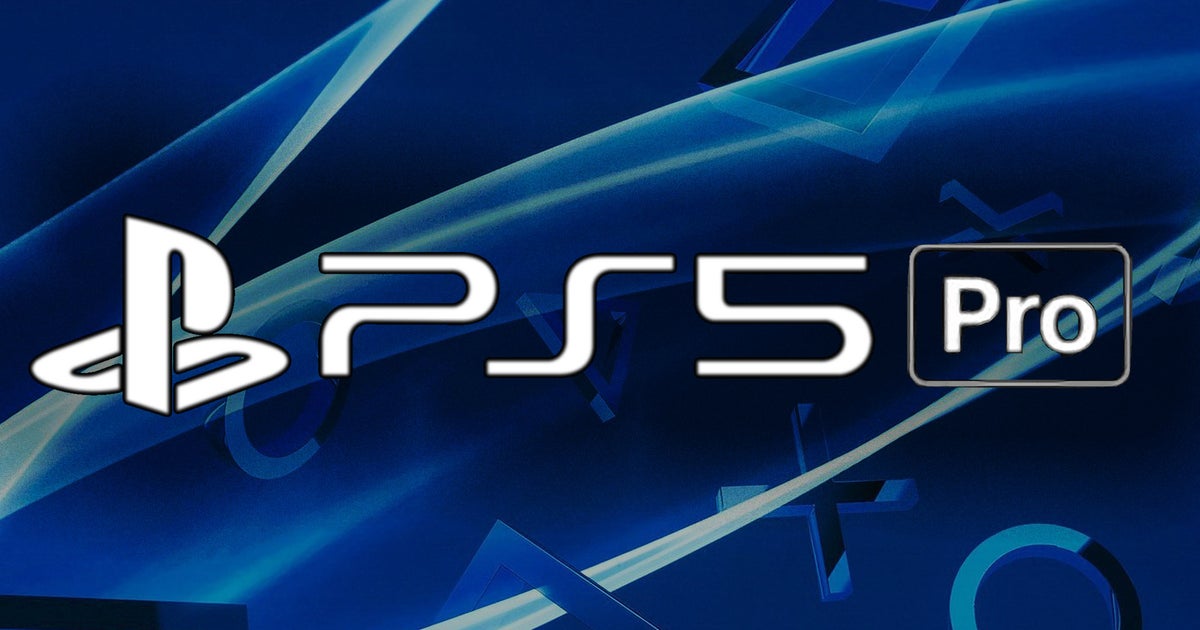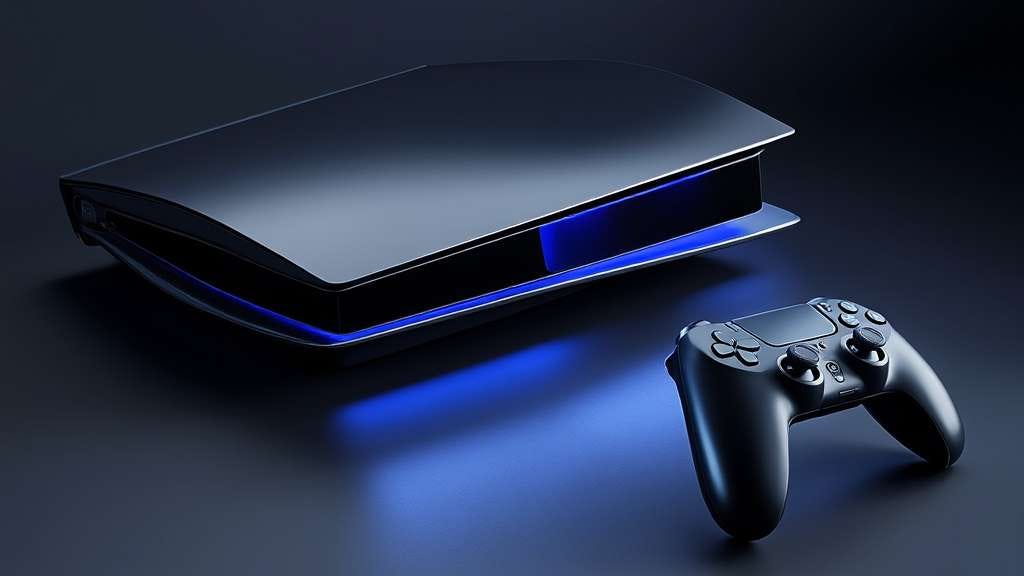That's not what the massive heatsink suggests. At launch the mass of copper was about 50% more than PS5 heat sink (both with 7nm APU). PS5 heatsink was actually quite light but bigger (more volume), which is why it was very efficient (and didn't need vapor cooling).Being available doesn’t make it cheaper for them however. XSX had conservative clocks to increase yield. Silicon size may reduce sure, but it only is beneficial if you can actually get more usable chips per wafer out of it.
Also the whole cooling setup was very complicated and expensive with that second mini board. The fact that the CPU clocks are a bit higher than PS5 suggest their yield could be actually worse than PS5.
Last edited:


